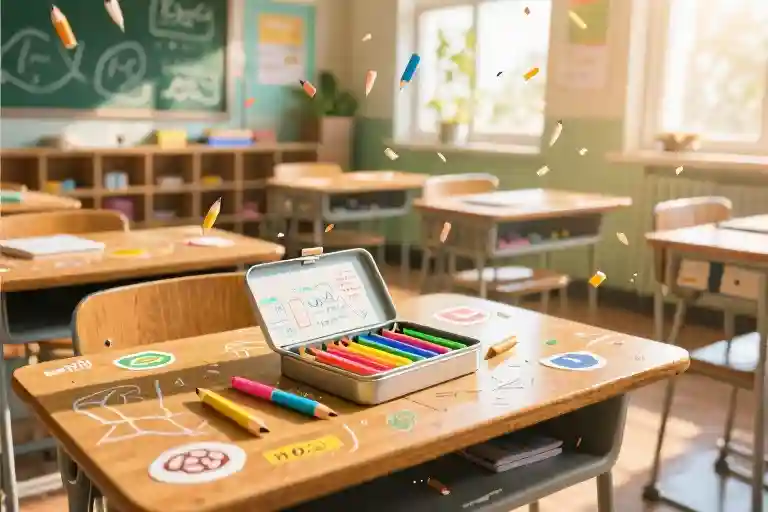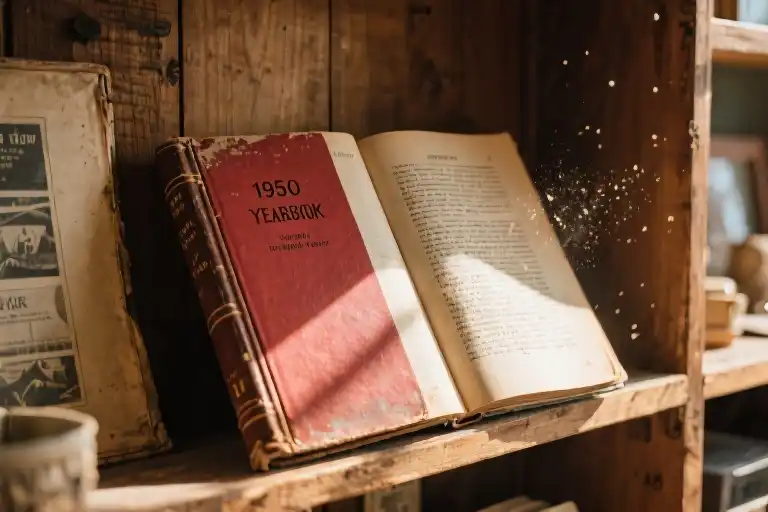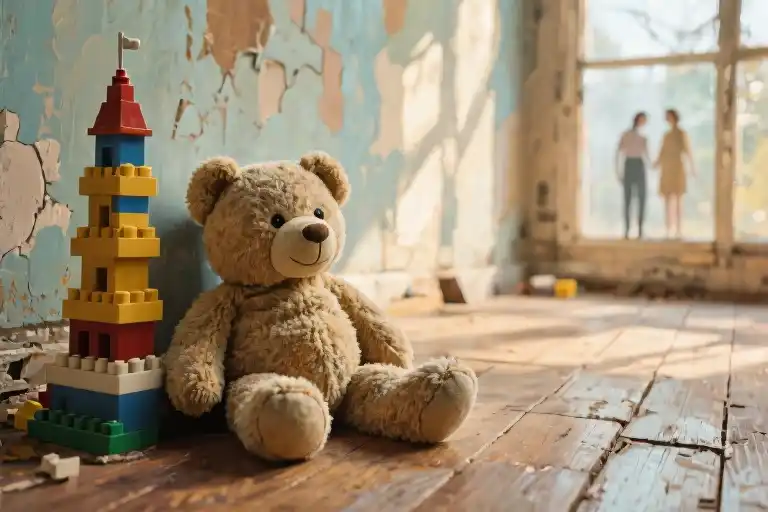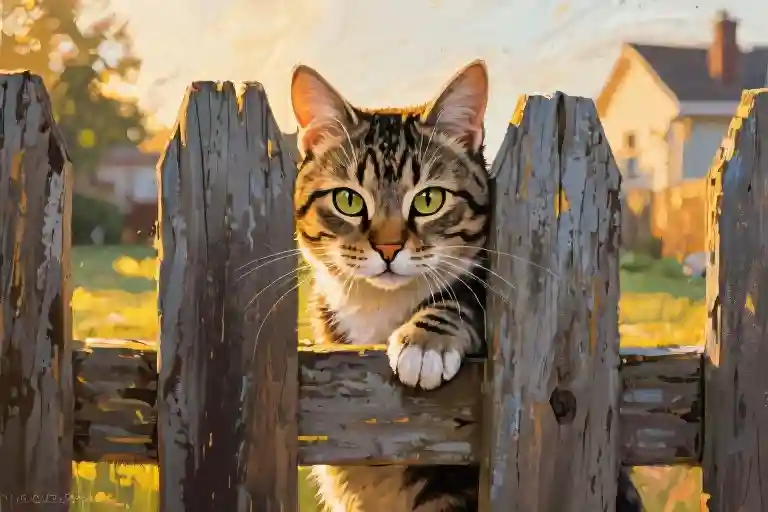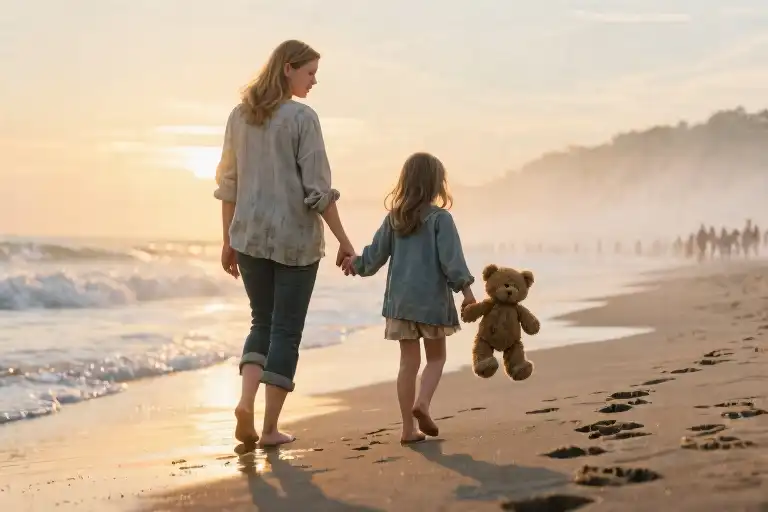The sharp screech of chalk against blackboard—that sound alone can transport me back to third grade. Before smartphones documented every moment, before social media curated our memories, there existed a kind of pure, unselfconscious joy that thrived in school corridors and dusty classrooms. These were the days when happiness smelled like freshly sharpened pencils and sounded like fifty children dragging out the words ‘Goooooood moooooorning miss’ in perfect, off-key unison.
What makes these memories stick isn’t their significance, but their sensory vividness—the way morning sunlight would catch chalk particles floating above the teacher’s desk, or how the plastic seats left waffle-pattern indentations on our thighs after assembly. We didn’t realize then that these mundane moments were quietly composing the soundtrack of our childhoods.
Three scenes particularly resist fading: the daily ritual of our teacher’s greeting song that somehow never grew old, the dramatic yet short-lived wars over pencil cases and friendship, and the uncomplicated camaraderie between boys and girls before puberty erected its invisible walls. There’s an archaeology to these memories—each layer revealing how children build civilizations in miniature, complete with their own laws, conflicts, and peace treaties sealed with shared candy.
What follows isn’t nostalgia polished to a glossy sheen, but fragments preserved exactly as experienced: slightly absurd, often illogical, yet glowing with the particular brightness of things untouched by adult self-awareness. The classroom clock may have stopped somewhere around 2003, but the echoes remain surprisingly clear.
The Morning Anthem
Certain sounds have the power to transport us across decades in an instant. For many of us who grew up before smartphones dominated childhood, one particular auditory memory stands out – the daily morning greeting ritual that functioned as our unofficial school anthem.
“Goooooooooood moooooooooorning misssssssss….”
This drawn-out chorus, delivered with varying degrees of enthusiasm by thirty sleep-deprived children, marked the official start of our academic day. No musical accompaniment needed – the raw, off-key harmony of prepubescent voices created its own peculiar symphony. Whether we arrived groggy from early morning tuition classes or buzzing with unspent energy from the playground, this communal recitation demanded full participation.
The beauty of this ritual lay in its imperfections. Some kids would start too early, others held notes too long, creating a cascading effect of overlapping vowels. The teacher’s name stretched beyond recognition, transforming “Mrs. Fernandez” into a seven-syllable epic. Yet this chaotic vocal exercise somehow forged a sense of unity – we were all equally terrible singers bound by shared routine.
Contrast this with adult morning meetings today. Professional settings demand muted greetings, measured tones, and contained enthusiasm. The modern workplace equivalent – a perfunctory “morning everyone” followed by clicking keyboards – lacks the unselfconscious joy of our childhood chorus. We’ve gained professionalism but lost something vital in translation.
What made these morning performances special wasn’t musical quality (objectively terrible) or punctuality (chronically late). It was the complete absence of self-consciousness. No one worried about sounding silly when everyone participated in the silliness. This collective abandon created what psychologists call “synchrony” – the bonding power of shared rhythmic activities.
Now when I hear my niece complain about her school’s automated bell system, I realize how technology has sanitized these organic childhood rituals. Our morning song, flawed and fleeting, contained more authentic human connection than any perfectly timed digital chime. The very fact that we can still hear its echo decades later proves some experiences don’t need polish to become permanent.
That simple greeting ritual taught us subtle lessons about community before we could articulate the concept. Showing up (even half-asleep), joining in (even off-key), and committing fully (especially on Mondays) – these were our first unconscious practices of belonging. The classroom became our concert hall, and for three minutes each morning, we were all rock stars.
The Gummy Bear Armistice
Childhood conflicts operated under their own peculiar rules of engagement. Where adults might nurse grudges for years over slights both real and imagined, our fourth-grade wars rarely lasted beyond the lunch hour. The most memorable battlefront emerged over a shared pack of gummy bears – half a chewy casualty sparking what we solemnly declared as ‘The Great Candy War of 2003’.
The escalation followed textbook childish logic. Three best friends splitting ten gummy bears should have been simple math, until someone (possibly me) claimed the slightly larger green one. What began as whispered accusations of unfair distribution mushroomed into full-scale alliances by recess. Classroom desks became territorial markers, with carefully positioned pencil cases demarcating newly drawn borders. Our teacher Miss Henderson observed the silent treatment between former friends with the weary patience of someone who’d mediated similar crises over crayons and jump rope turns.
Her peacekeeping strategy embodied elementary school diplomacy at its finest. During Friday’s sharing circle, she produced a fresh bag of rainbow gummy worms with strict rationing rules: ‘The treaty negotiator gets first pick.’ Suddenly, our principled stand over candy equity collapsed under the weight of strawberry-flavored temptation. The armistice was sealed with sticky handshakes and the unspoken understanding that tomorrow’s conflict might involve swing set privileges or Pokemon card trades.
Looking back through adult eyes, what fascinates isn’t the pettiness of these disputes, but their breathtaking efficiency in resolution. Sociologists could study our conflict resolution models – how grievances were aired openly through playground shouting matches rather than passive-aggressive notes, how reconciliation required no therapy sessions beyond a shared juice box. The average duration of these childhood fallouts (statistically speaking, about 1.8 school days) puts most adult feuds to shame.
These miniature dramas played out against the unremarkable backdrop of scuffed linoleum and paste-scented classrooms, yet their emotional stakes felt world-shaking in the moment. We were learning the fundamental arithmetic of human relationships – that friendship could withstand daily disagreements, that hurt feelings healed faster when treated immediately rather than left to fester, and that some bonds are stronger than even the most tempting bag of candy. The real prize wasn’t the gummy bears, but discovering how quickly ‘never talking to you again’ could dissolve into ‘wanna trade sandwich halves at lunch?’
Perhaps we intuitively understood what adults often forget: most conflicts aren’t about the surface issue (the candy, the toy, the disputed jump rope turn), but about testing the elasticity of connection. Our childish squabbles served as stress tests for friendship, proving the relationship could withstand temporary fractures. Every reconciliation made the bond more resilient for next week’s inevitable disagreement over who got to be captain during kickball.
Those classroom peace accords left invisible imprints far beyond the playground. The girl who mediated our gummy bear dispute grew up to become a labor negotiator. The boy who always volunteered to share his snack even during ‘wars’ now runs a community food bank. And me? I still can’t look at green gummy bears without smiling at the memory of how something so small could teach us something so enormous about the temporary nature of anger and the enduring power of second chances.
The Diplomacy of Desk Dividers
There was an unspoken treaty etched into the wooden surface of every shared desk in our classroom – the legendary ’38th Parallel’ drawn with a stolen geometry compass or the edge of a metal ruler. This pencil-drawn border wasn’t just about territory; it was our first clumsy attempt at understanding personal space, a concept as foreign as the algebra equations we’d later struggle with.
Artifacts of Innocence
The archaeology of a 2000s classroom desk reveals more about childhood than any yearbook ever could. Each scratch told a story:
- Correction fluid masterpieces: White-out wasn’t for fixing mistakes but for creating temporary murals that peeled off by lunchtime
- Sticker residue: The sticky ghosts of Pokémon and Backstreet Boys that survived multiple cleaning campaigns
- Carved hieroglyphs: Initials inside hearts that would make us cringe a decade later, alongside the ever-present ‘I ♡ Mom’
- Chewing gum fossils: Underneath the desk, where our sticky time capsules preserved fingerprints and bad decisions
These weren’t vandalism but artifacts of a pre-digital childhood, tactile evidence that we existed in that space at that moment. The desk surface became our first social media platform – no likes, just the occasional ‘Who drew this stupid dog?’ comment from the next class.
Gender Neutral Ground
Before puberty complicated everything, the boy-girl desk divide operated on principles that would baffle UN peacekeepers. The rules were simple but absolute:
- Airspace violations: Any body part crossing the 38th Parallel could be legally attacked with a ruler
- Shared resource management: Pencil shavings belonged to the producer, but eraser crumbs were common property
- Cultural exchange: Lisa Frank stickers for Dragon Ball Z cards, negotiated during boring math lessons
- Mutual defense pacts: ‘I’ll tell teacher you didn’t do homework unless you give me your pudding’
We practiced a form of socialism that would make Marx proud – from each according to their stationery collection, to each according to their need during surprise quizzes. The same girl who’d declare nuclear war over a centimeter of desk space would quietly slide her extra pencil across the border during spelling tests.
Boundary Boot Camp
Looking back, those inked lines taught us more about human nature than we realized:
- Negotiation skills: The delicate art of bargaining for more desk space (‘I’ll let you use my glitter pens if…’)
- Conflict resolution: How to escalate (‘Teacher! He’s on my side!’) and de-escalate (‘Fine, you can have this corner but I get first pick of the crayons’)
- Territorial instinct: The primal satisfaction of watching a trespasser get their sleeve marked by a fresh ink line
- Diplomatic immunity: How alliances formed during art class could override border disputes
These childhood negotiations lacked corporate jargon but contained all the essential elements of adult boundary-setting. We were learning to assert our space while navigating shared territory – a skill that would later translate to office cubicles and roommate agreements.
The true magic happened when the borders dissolved, usually during collaborative projects or when someone brought in a particularly interesting bug. Suddenly, the carefully maintained demilitarized zone vanished as heads bent together over a shared microscope or a smuggled comic book. The desk became neutral ground again, if only until the next disagreement over whose turn it was to use the purple marker.
What childhood artifact still surfaces in your adult life? For me, it’s the involuntary flinch when someone reaches unannounced toward my workspace – some instincts outlast the wooden desks that created them.
The Wisdom of Childhood Diplomacy
The way we made up after fights as children holds up a mirror to the complications we’ve created in adult relationships. There was an elegance to our elementary school conflicts – no grudges held, no lawyers consulted, just a shared understanding that tomorrow’s hopscotch game was more important than today’s disagreement over who stole whose glitter pen.
I keep my old tin pencil box in the third drawer of my desk, its dented corners and faded stickers serving as tactile reminders of simpler resolutions. Back then, peace treaties were signed with shared candy rather than notarized documents. A teacher’s suggestion to “be the bigger person” meant literally standing on a chair during the apology, not navigating corporate HR policies.
Your turn: What childhood artifact do you still keep that represents this lost art of simple reconciliation? Snap a photo of that frayed friendship bracelet or chipped marble that witnessed your earliest diplomatic efforts – we’re collecting these fragments of our collective memory.
Next time, we’ll examine how the elaborate rule systems of playground games (“Red Rover immunity clauses” and “four-square appeal processes”) prepared us for adult negotiations. Until then, consider how many current conflicts could be resolved with the childhood formula: 1) Say sorry 2) Share your snack 3) Never mention it again.

